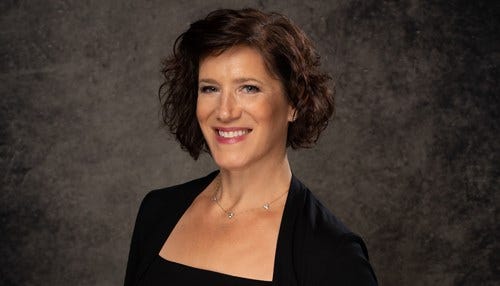The Surprising Impact of Customer Experience
 Ali Cudby is the founder of Your Iconic Brand.
Ali Cudby is the founder of Your Iconic Brand.
Subscriber Benefit
As a subscriber you can listen to articles at work, in the car, or while you work out. Subscribe NowWhen a customer’s experience is underwhelming, they’re more likely to leave a company. That’s pretty obvious, right? Customer turnover costs a company money.
But focusing on churn alone can lead companies to underestimate the negative impact of a lackluster customer experience. Turnover isn’t the only way a customer’s experience influences revenue.
Here’s an example:
Recently, I was giving a talk about the value of long-term customer retention. In the middle, one of the participants said, “I don’t think this applies to me.” His comment surprised me and, to be honest, it confused me. Especially since the guy’s company sells a business-to-consumer product. I’ll call this guy Bill, which is not his actual name.
I asked Bill how he figured that long-term customer retention wasn’t relevant to his business.
What he said, essentially, was that his product had a long life, with many years between purchases. To Bill, it meant there was more value in focusing on new customer acquisition than customer retention.
Let’s dig into the validity of this line of thinking.
I’ll start by saying emphatically that customer acquisition and customer retention aren’t either/or options. Companies need both. Every company needs a way to get new customers coming in the door (customer acquisition). At the same time, companies need clear, consistent processes to keep their customers after they buy for the first time (customer retention).
The product Bill’s company sells has the following characteristics:
- It’s a product that needs to be installed by a qualified professional. It’s not a DIY situation.
- Once installed, it’s not something people are likely to upgrade until they have to replace the item. There aren’t many bells and whistles to get people excited about new models.
- The product likely needs to be serviced over its lifetime.
- The manufacturer recommends the product be replaced every five years.
From Bill’s perspective, his customers were going to wait until there was a problem, repair the product as long as it made sense, and replace it when absolutely necessary. To Bill, that meant there wasn’t much upside in focusing on the customer experience after people made their purchase.
I asked if customers generally replaced their product according to the manufacturer’s recommended time frame of five years. He chuckled. “No way,” he said, “they wait as long as possible. Sometimes 10 years or more.”
This is pretty common. Customers will generally try to push out having to spend money to repair or replace something unless there’s a compelling reason. The definition of “compelling” may vary. A golf freak will happily feel “compelled” to allocate money to replace a perfectly good driver with the hot, new model. But they won’t approach the purchase a new-model kitchen disposal with the same enthusiasm. Most consumers will probably only feel compelled to replace their disposal when it breaks.
If Bill’s company can communicate solid reasons why replacing their product sooner vs. later is compelling for the customer, it’s beneficial for everybody.
- If there’s a safety reason why replacement should happen sooner, that’s compelling. Educating customers about the benefits of replacement then becomes a matter of customer care. Customers will be more inclined to spend the money to replace the product sooner. Let’s say Bill’s company can authentically say that it’s safer for children when people replace the product according to manufacturer guidelines. Parents may be compelled to shorten the term between purchases for the sake of their children.
- Once the company shortens the amount of time between purchases, it adds revenue. If products are replaced every five years vs. every 10, Bill’s company doubles the customer’s long-term value. Even if customers start replacing their products every seven year, it will still represent a significant jump in revenue.
- Bill’s company can begin to build their customer relationships from the time of purchase, so people feel cared for. By sharing information about ways to optimize their purchase and keep their family safe, Bill’s company builds credibility. By the time the company starts making the case to replace the product, they’ve built trust, and customers are more likely to listen.
- Additionally, by staying top-of-mind with value-added information, Bill’s company is more likely to get referrals from existing customers to new customers who need a similar product. Serve referred customers well and companies create virtuous cycles of additional revenue.
Initiatives that engage customers and build relationships lead to less time between customer purchases and more referrals to new customers. Your company’s focus on the customer experience will reveal meaty opportunities that are too-often overlooked or undervalued on the path to growth.
